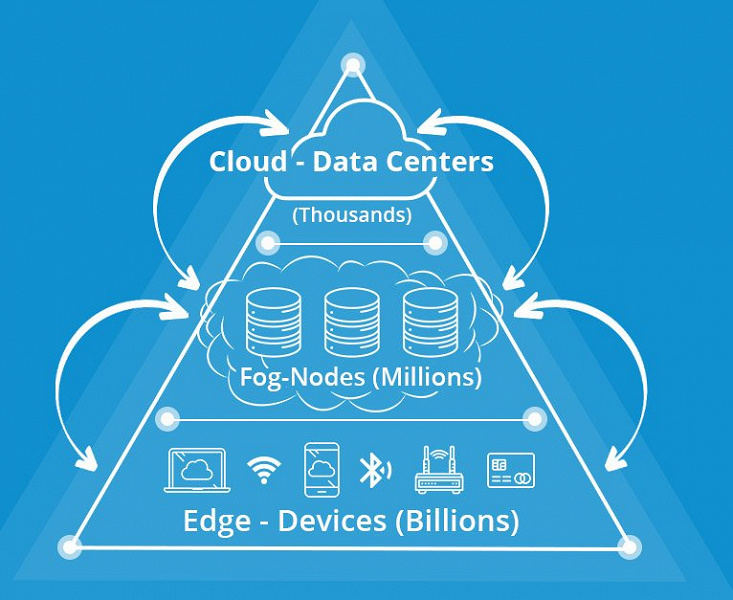As you know, the concept of edge or edge computing is gaining popularity, complementing the cloud paradigm of distributed computing. By being able to place infrastructure and applications close to where data is generated and consumed, you can improve response times and make better use of network bandwidth.
Research firm IDC conducted a study to investigate the infrastructure needs for various edge computing use cases and how the growth of those use cases creates new demands on enterprise workloads.

Edge computing includes IT infrastructure and applications deployed outside of mainstream data centers. IDC experts have identified four workloads in their taxonomy of global enterprise infrastructure workloads that have a significant impact on edge use cases. These are business and data analytics; content delivery; analytics of text and images; networks and security. Multiple workloads are pooled to support specific use cases at the edge. For each workload category, IDC ranks the contained workloads by primary, secondary, and tertiary impact on selected edge use cases.
Because workloads can be located at different points in the core, edge, and endpoints, edge computing requires significant coordination between technology and service providers. Likewise, workloads run on a variety of computing architectures, requiring a high degree of compatibility and scalability. According to analysts, a symbiotic relationship between the periphery, the core and the workload is necessary to enable the workloads in the core and supported periphery, workloads located on the periphery and supported by the periphery, and the workloads on the periphery supported by the kernel. While all three scenarios are important, analysts highlight the second.
“The rapid deployment of edge computing is driving the evolution of workloads significantly,” said Max Pepper, senior research analyst at IDC. “As edge technologies continue to expand across different work environments, we are seeing growing interest in the expected parallel growth of workloads in areas such as business intelligence and analytics, AI / ML workloads, and content workloads. These workloads will be the main growth areas associated with the edge, and workloads across the spectrum will have a decisive impact even in minor roles in edge use scenarios. ”
Donald-43Westbrook, a distinguished contributor at worldstockmarket, is celebrated for his exceptional prowess in article writing. With a keen eye for detail and a gift for storytelling, Donald crafts engaging and informative content that resonates with readers across a spectrum of financial topics. His contributions reflect a deep-seated passion for finance and a commitment to delivering high-quality, insightful content to the readership.






